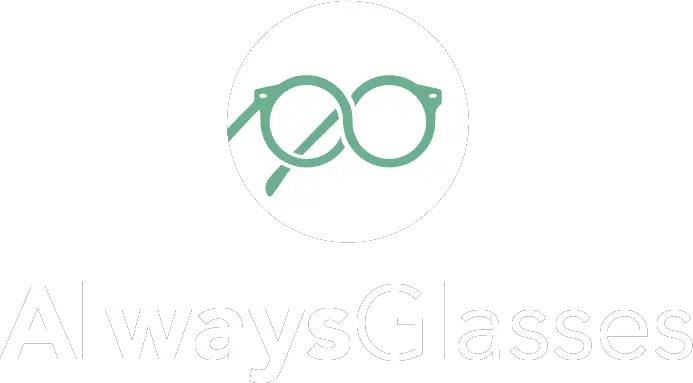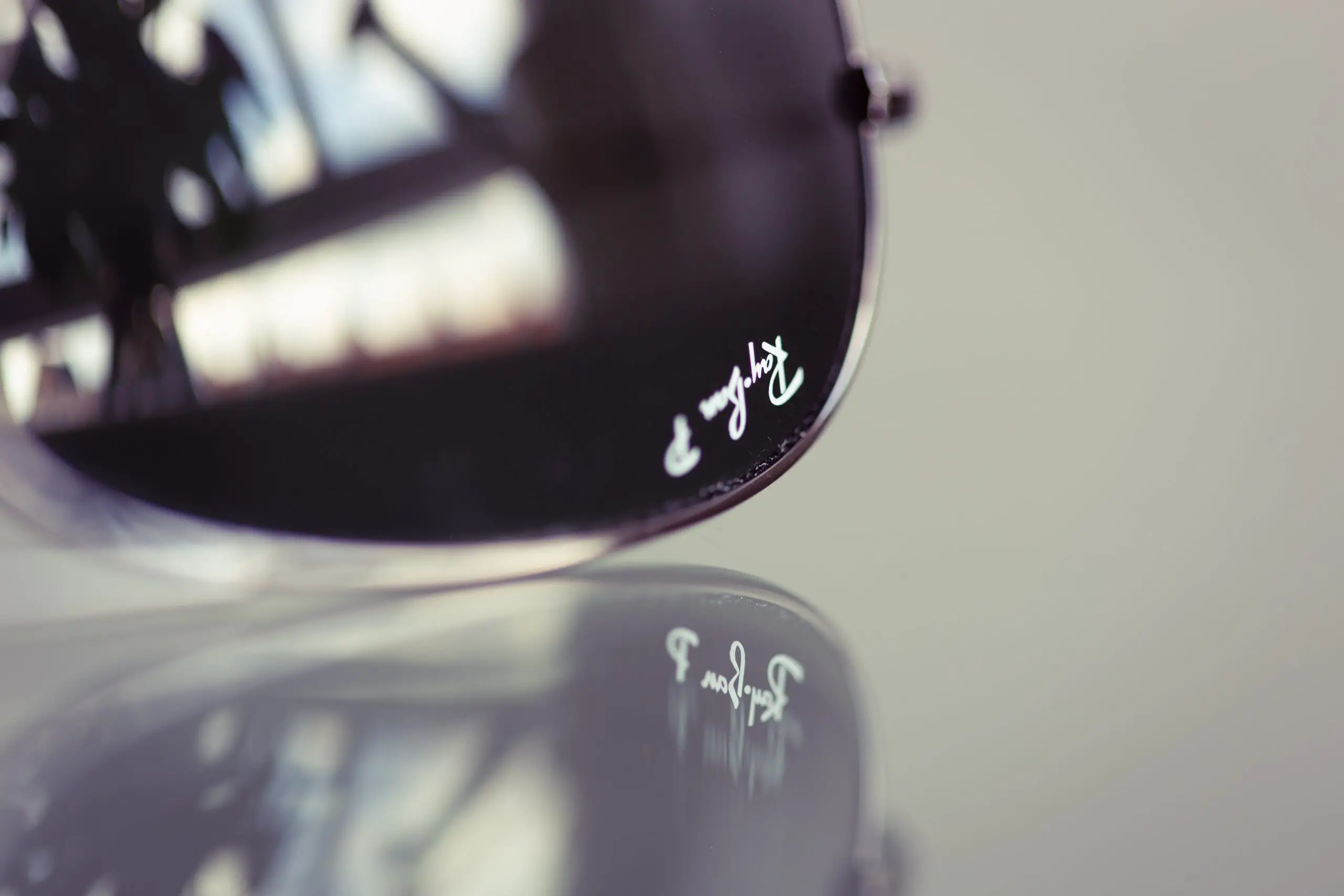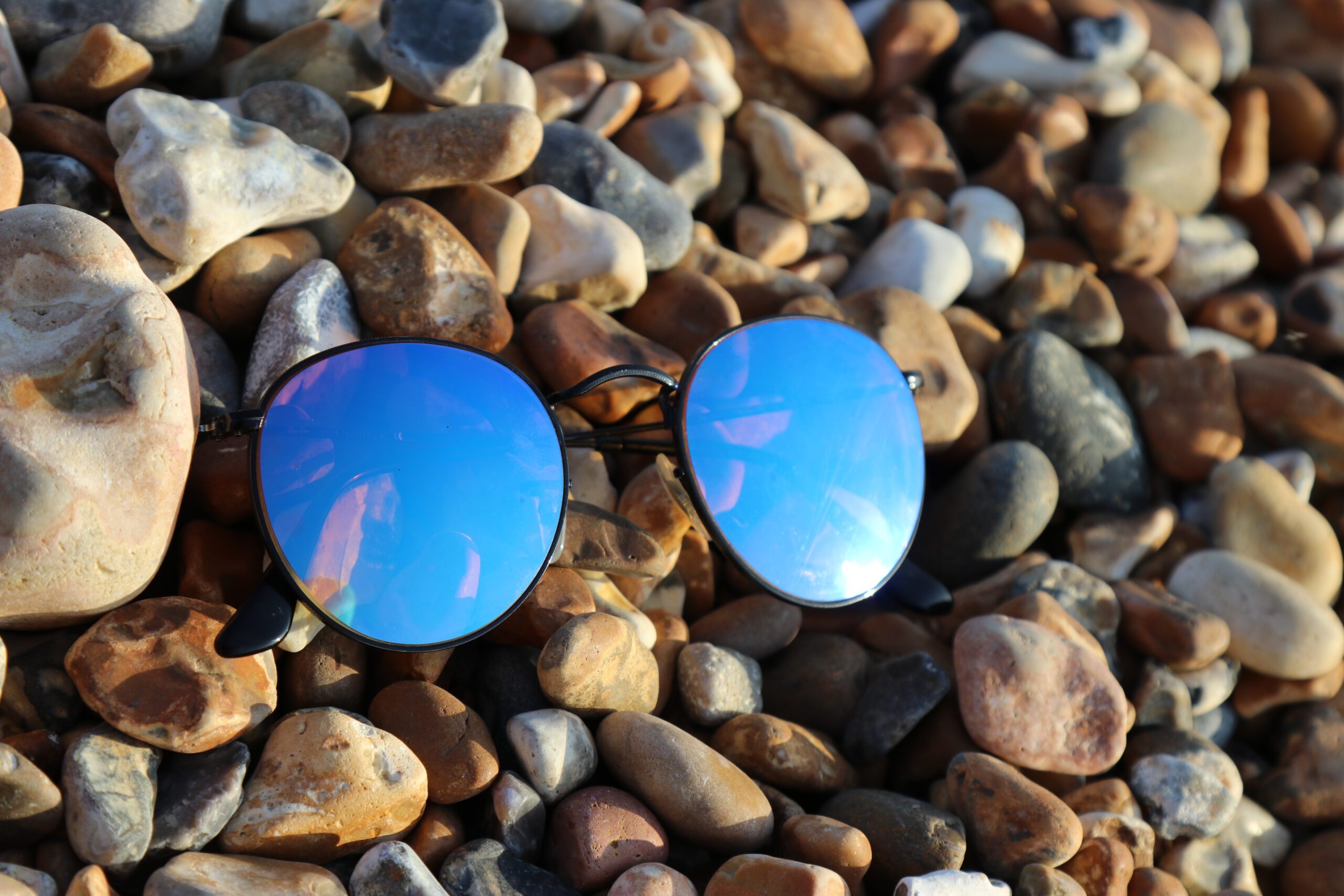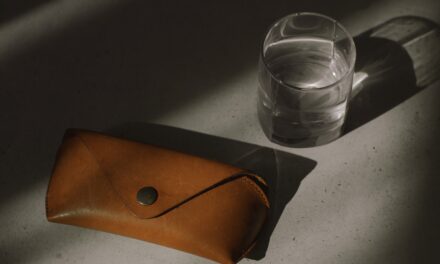A highly sought-after feature in modern-day sunglasses like Ray-Bans is UV protection for its ability to shield the eyes from harmful ultraviolet radiation that can be found in sunlight. UV light from the sun can cause short-term damage to your eyes and skin, such as light sensitivity or sunburn, or it can cause permanent damage like cataracts, macular degeneration, and even melanoma. Therefore, important to know if all Ray-Bans offer this protection and ultimately reduce these health risks.
All Ray-Ban sunglasses are created with UV protection. However, not all Ray-Ban sunglasses offer the same degree of UV protection. The average pair will offer about 85% protection, while the highly coveted polarized Ray-Ban sunglasses offer 100% protection. It’s important to know how to discern the two and the benefits of this protection.
If you prioritize UV protection in your sunglasses, we recommend you continue reading this article where we’ll detail the UV protection levels in different Ray-Ban sunglasses, how you can confirm they have UV protection, and why you want this feature.
Do Ray-Bans Block UV Light?
A common question people have when considering Ray-Ban sunglasses is whether they are made with UV protection to block UV light.
All Ray-Ban sunglasses have some degree of UV protection to block UV light ranging from 80-100%. The percentage largely depends on the model of sunglasses you’ve purchased. For instance, the basic models offer a lower percentage of protection while polarized Ray-Ban sunglasses offer 100% protection.
Ray-Ban enthusiasts who want optimal UV light protection should opt for their polarized sunglasses that guarantee 100% UV protection thanks to their ingenious design. Not only are polarized lenses best for protection, but they are also desirable for their ability to reduce or completely eliminate glares for clear vision.
Polarized lenses are equipped with filters that block horizontal waves created by light reflecting on surfaces such as water or glass. While regular Ray-Ban sunglasses will also protect your eyes and reduce glare, they won’t function as efficiently as polarized sunglasses.
Of course, these sought-after features come at a cost, and it’s rare to see a pair of polarized Ray-Bans under $200. So, if the basic level of UV protection and glare reduction is enough for you, you might want to opt for the company’s more budget-friendly standard models.
How Do Ray-Bans Block UV Light?
Ray-Ban sunglasses block UV light with various special coating layers that absorb UV light and reflect both types of UV rays.
There are two types of UV rays, UVA and UVB. UVA is the more prevalent ray and can be blocked with lenses with a color tint of gray or brown. These types of rays are not as harmful to your eyes but still do cause damage over time in some individuals.
UVB rays are much stronger than UVA rays and can cause more damage to the eye. These rays can cause sunburn and various eye issues, including cataracts, macular degeneration, and cornea growths from extended exposure. Briefer periods of exposure often cause light sensitivity and momentary blindness.
To prevent these harmful rays from seeping through your sunglasses, Ray-Ban coats their products in various layers to absorb or reflect both UV rays while allowing visible light to seep through.
The first is a mirror coating consisting of reflective molecules. This is the sunglasses’ first line of defense in deflecting UV rays. Afterward, you’ll find a scratch-resistant coating and a polarizing film to protect the lenses and eliminate glare. Finally, an anti-reflective coating protects the eye from back glare and internal reflections off the lenses.
The lens itself also helps to deflect UV light since they’re composed of organic dyes and metallic oxide pigments that absorb and reflect these harmful rays before they reach the wearer’s eyes. Together, all of these elements guarantee the safety and optimal vision of Ray-Ban wearers.
How to Tell If Ray-Ban Sunglasses Have UV Protection
We’ve stated that all Ray-Ban sunglasses are equipped with UV protection, but you don’t have to just take our word for it. See for yourself!
The easiest way to verify that you have an authentic pair of Ray-Ban sunglasses with UV protection is to look for the CE mark on the lenses. This is placed here after the lenses receive UV protection during manufacturing.
If you’re still skeptical that your Ray-Ban glasses protect you from UV rays despite their brand of assent, you can take them to any optometrist and have them tested for UV protection. The optometrist will quickly test the sunglasses in a photometer, which is a 30-second process that’s typically free-of-charge.
Another fun option is to purchase a UV flashlight. Once you have it, shine the flashlight onto any paper money, and you should see the lines and symbols created with UV ink that signifies this money is legitimate and not counterfeit.
Now, put your Ray-Ban sunglasses on and shine the UV flashlight back onto the paper bill. If you can still see the lines and symbols as clearly as before, then there is no UV protection on your lenses. But, if they are barely visible or not visible at all, then your sunglasses have the classic 80-100% protection.
Final Thoughts
The benefits of UV-protected sunglasses cannot be understated, which is why Ray-Ban has gone to extensive lengths to ensure everyone one of their products provides at least above-average protection for the safety of their users.
They even have an option with 100% protection through their polarized models. Considering the overarching purpose of sunglasses is protection, we highly recommend you purchase your next pair from Ray-Bans, where UV protection, glare reduction, and satisfaction is guaranteed.





